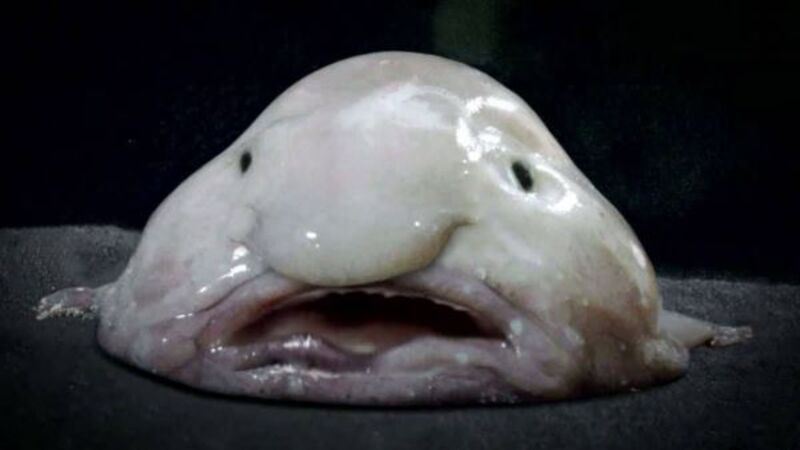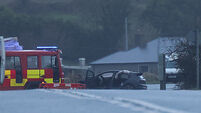Nudibranchs: Beautiful creatures who lurk deep in the ocean

Even the most critical of eyes is transfixed by these jelly-like creatures, which are often more like the creation of a confectioner high on sugar than the same Mother Nature that concocted the blobfish.
Boasting the most dramatic colours, nudibranchs are members of the slug family and number more than 3,000 known species, with some scientists estimating there may be double this figure. Their name is pronounced new-dee-bronk and is derived from the Latin word nudus (naked) and Greek brankhia (gills). They can grow to up to 31 centimetres and weigh up to 1.5kg and, aside from these super models’ flamboyant OTT cosmetics, they are fascinating in the extreme.













